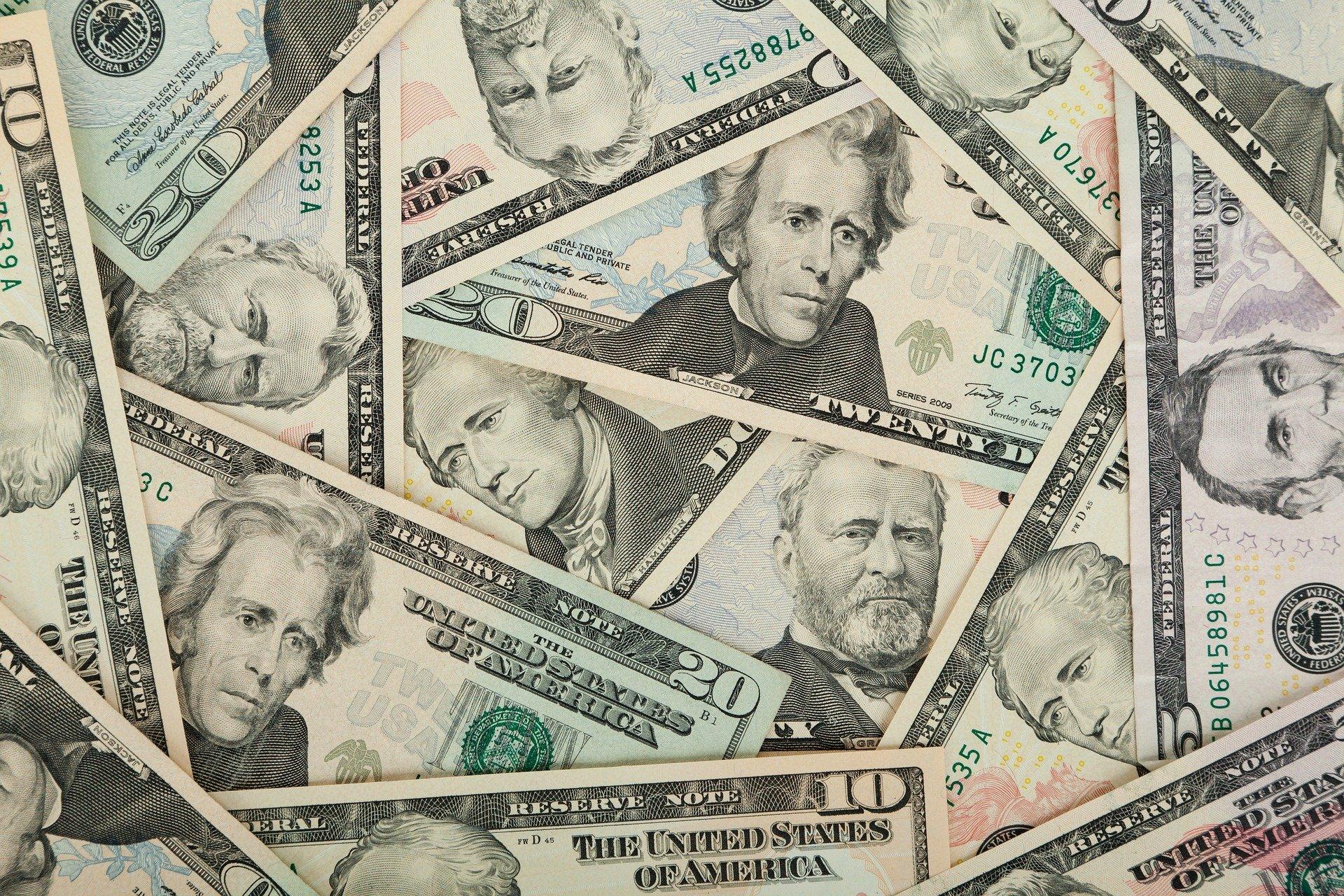There are a number of federal and state programs available that will help defray a significant portion of the cost to implement forest practices. This section provides an overview of the different types of cost-share programs available as well as how they are implemented.

Most cost-share programs are implemented in a similar fashion. Eligible landowners can apply for specific practices through their local forester. The actual application may go through the Maryland Forest Service or the Farm Services Agency, depending on the program. If the practice is approved, landowners complete the practices and pay for the goods and/or services. The local forester will then inspect the practice to ensure proper implementation. Upon approval by the forester, copies of the invoices and payment information are submitted to the forester for processing. The landowner will then receive reimbursement for the percentage of the costs involved in the particular program.
The links below list some of the state and federal programs available. A good place to start is with your county's state forester. Please consult the Department of Natural Resources Forest Service web site or the Maryland Environmental Trust's "Conservation Easement Overview" for more information.
Agricultural Conservation Easement Program (ACEP)
The Agricultural Conservation Easement Program (ACEP), a program of the Natural Resources Conservation Service (NRCS), encompasses aspects of the Wetland Reserve Program and the Wildlife Habitat Incentive Program, now both discontinued. ACEP helps landowners, land trusts, and other entities protect, restore, and enhance wetlands, grasslands, and working farms and ranches through conservation easements. Under the Agricultural Land Easements component, NRCS helps American Indian tribes, state and local governments and non-governmental organizations protect working agricultural lands and limit non-agricultural uses of the land. Under the Wetlands Reserve Easements component, NRCS helps to restore, protect and enhance enrolled wetlands.
Conservation Reserve Program (CRP)
Created by the 1985 Farm Bill, the Conservation Reserve Program is designed to protect highly erodible and environmentally sensitive lands with grass, trees, or other long-term cover. The major goals of CRP are to reduce soil erosion and sedimentation, improve water quality, maintain fish and wildlife habitat, and provide income support to farmers. This program offers a 50% cost-share to establish trees or other cover crops, as well as annual rent payments for 10 to 15 years while the practice is being maintained. Additional cost-share payments may be available depending upon the state and the practices (for example, restoring wetlands or planting hardwood trees). The land must be located in a CRP Conservation priority area and be devoted to beneficial environmental practices, or be expiring CRP acreage. Applications are ranked according to an Environmental Benefits Index.
Conservation Reserve Enhancement Program (CREP)
The purpose of the CREP program is to conserve soils, protect wildlife habitat, and protect the quality of surface and subsurface waters by planting vegetated filter strips or forested riparian buffers along streams, sinkholes, groundwater recharge areas, wetlands, and other permanent water bodies. CREP funds may also be applied toward recreating previously-converted wetlands and farmed wetlands and toward retiring highly-erodible lands within 1000 feet of water bodies. This program offers a 50% cost-share to establish vegetative cover, as well as annual rent payments while the practice is being maintained. The Maryland Agricultural Water Quality Cost-Share (MACS) Program will provide an additional 37.5% cost-share, for a total of 87.5%. Various other bonus payments may apply. Landowners have the option of selling a permanent easement to the state of Maryland.
Conservation Security Program (CSP)
CSP, part of the 2002 Farm Bill, was a voluntary program to provide financial and technical assistance to farmers in order to promote conservation and improvement of soil erosion and water quality concerns on a watershed level. This program addressed improvements to soil, air, water, energy, plant, and animal life on cropland, grasslands, pasture, and forest land that is an incidental part of an agriculture operation. The program was not re-authorized in the 2008 Farm Bill and new applications are no longer accepted; previous recipients can go here for an online archive of information. A similar program is called the Conservation Stewardship Program.
Environmental Quality Incentive Program (EQIP)
EQIP provides financial and technical assistance to agricultural producers to address natural resource concerns and deliver environmental benefits such as improved water and air quality, conserved ground and surface water, increased soil health and reduced soil erosion and sedimentation, improved or created wildlife habitat, forest stand improvement, and mitigation against drought and increasing weather volatility.
Partners for Fish and Wildlife
This program offers technical and financial assistance to landowners who are interested in restoring drained or degraded wetlands, riparian forests, grasslands and other important wildlife habitats. U.S. Fish & Wildlife will assist in locating other funds to bring a project to fruition.
Woodland Incentive Program (WIP)
Developed in 1986 by the State of Maryland, WIP provides non-industrial private forest owners with financial assistance (up to 50% of the total cost) for tree planting, timber stand improvement, and other forest management and protection activities. The goal of WIP is to enhance the environmental, aesthetic, and wildlife benefits provided by private woodlands, while providing the forest resources essential to commerce and industry in the state.